Optimal Timing for Waterproofing Applications
Waterproofing is a critical process that protects structures from water infiltration, preventing damage and preserving integrity. Proper timing ensures optimal adhesion and longevity of waterproofing materials, reducing the risk of failure and costly repairs.
Spring offers moderate temperatures and low humidity, ideal for waterproofing projects. It allows sufficient curing time before heavy rains.
Summer provides warm weather, facilitating faster drying and curing of waterproofing materials, especially in dry climates.
Fall's cooler temperatures and reduced humidity create favorable conditions for waterproofing, especially before winter.
Winter's cold temperatures and moisture levels hinder proper curing, increasing the risk of cracks and failures.
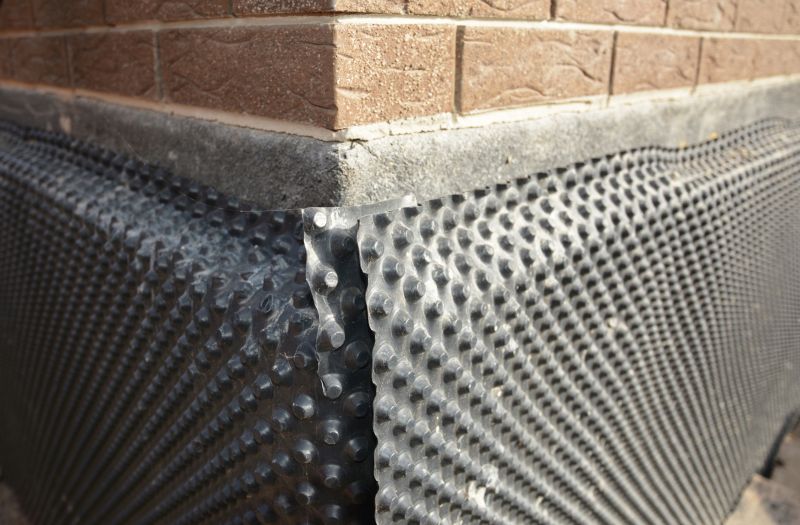
Ways to make Waterproofings work in tight or awkward layouts.
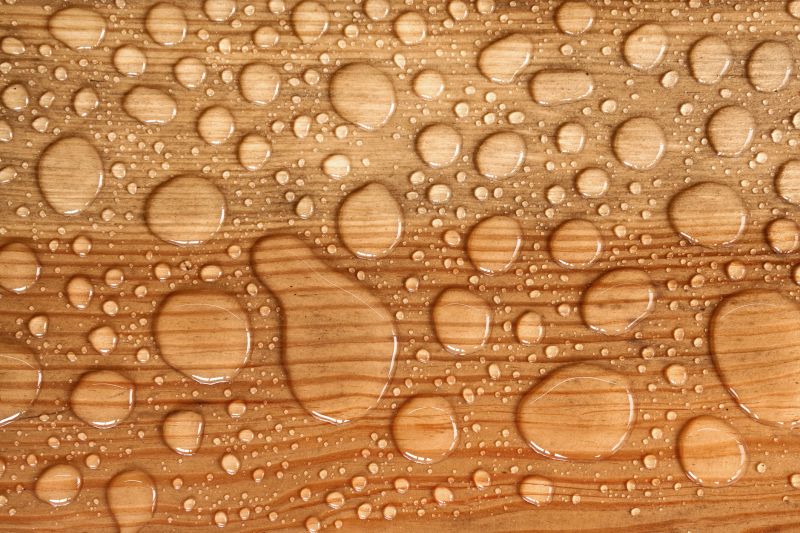
Popular materials for Waterproofings and why they hold up over time.

Simple add-ons that improve Waterproofings without blowing the budget.
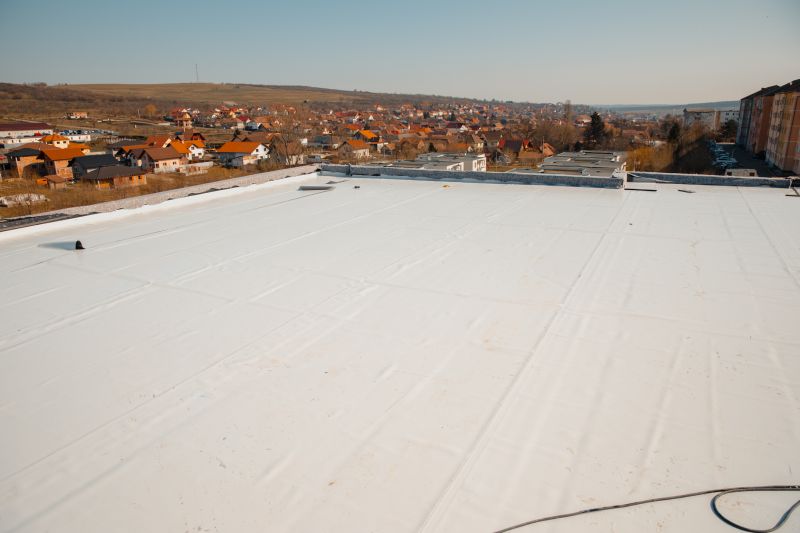
High-end options that actually feel worth it for Waterproofings.

Finishes and colors that play nicely with Waterproofings.

Little measurements that prevent headaches on Waterproofings day.

A 60-second routine that keeps Waterproofings looking new.

A frequent mistake in Waterproofings and how to dodge it.

Small tweaks to make Waterproofings safer and easier to use.
| Season | Best Practices |
|---|---|
| Spring | Ideal for new installations with moderate temperatures and low humidity. |
| Summer | Suitable for quick curing, especially in dry regions, but avoid extreme heat. |
| Fall | Prepares structures for winter; cool and dry conditions are favorable. |
| Winter | Generally unsuitable due to cold temperatures and moisture risks. |
| General Advice | Ensure no rain forecast and temperatures between 50-85°F for best results. |
Waterproofings are essential for safeguarding structures against water intrusion, which can lead to structural damage, mold growth, and deterioration of building materials. Advances in waterproofing technology include liquid membranes, sheet membranes, and spray-applied coatings, each suited to different applications and environments. Proper application at the right time maximizes effectiveness and extends the lifespan of waterproofing systems.
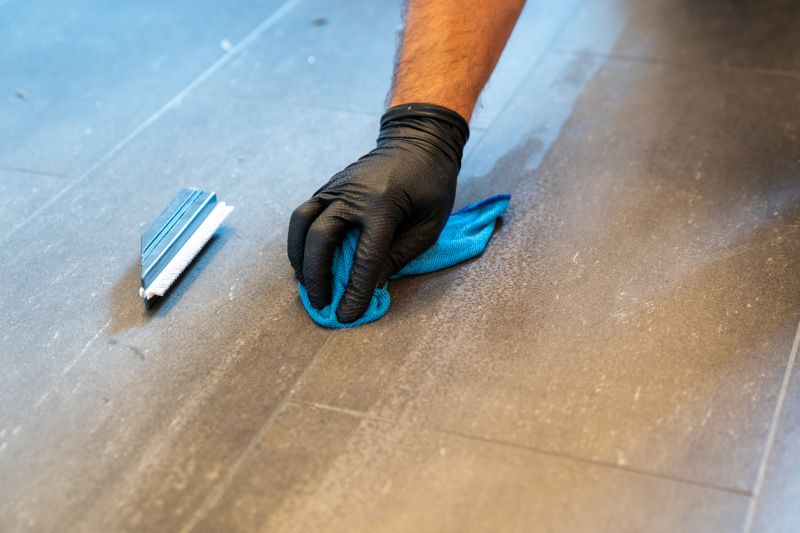
Lower-waste or water-saving choices for Waterproofings.
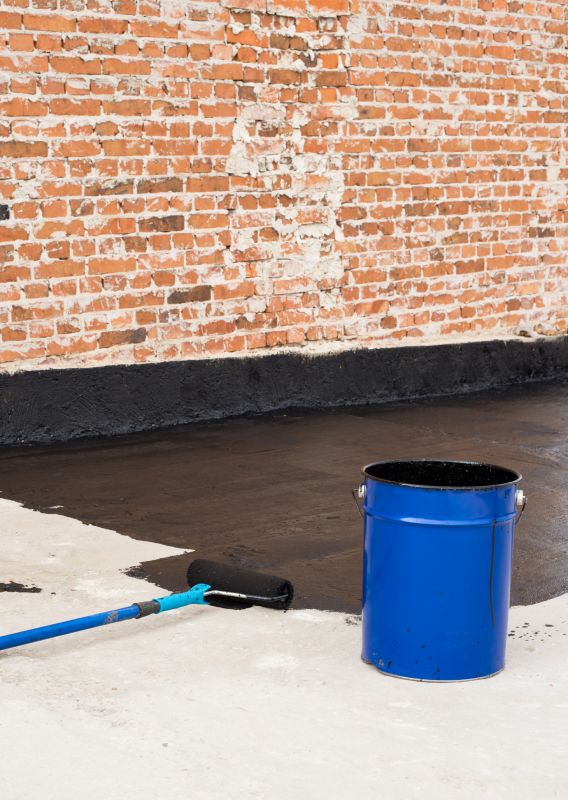
The short, realistic tool list for quality Waterproofings.

Rough timing from prep to clean-up for Waterproofings.
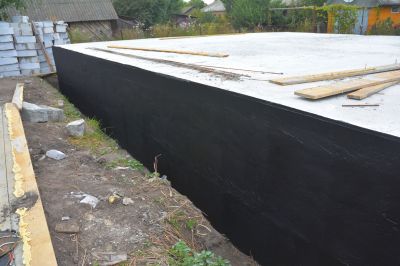
Quick checks and paperwork to keep after Waterproofings.
Interested in scheduling waterproofing services? Filling out the contact form provides the necessary details to plan and execute waterproofing projects effectively, ensuring structures remain protected against water damage.



